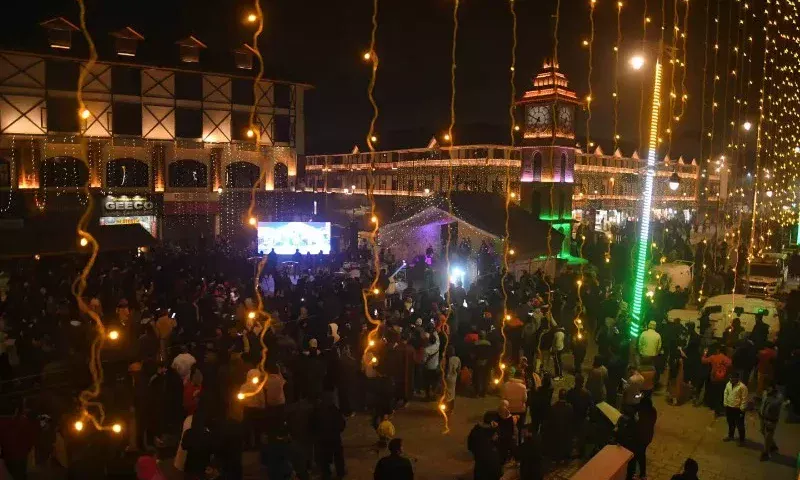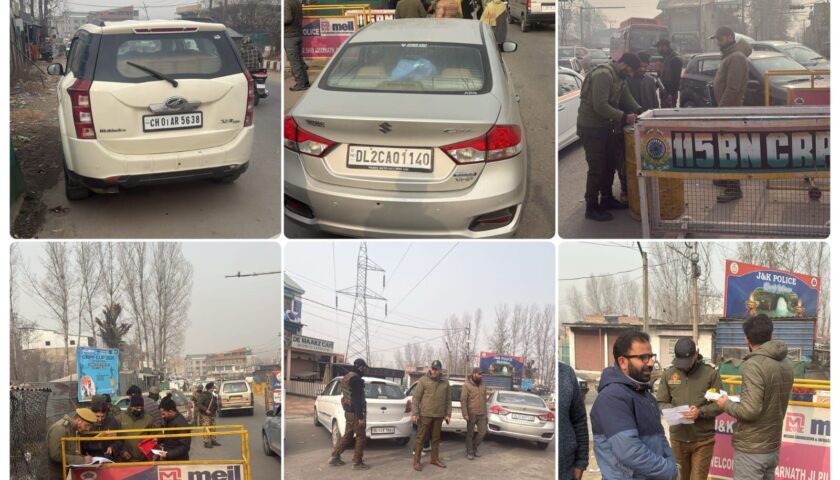A father killing his daughter, sons killing their mothers, a labourer killing the inmate of the house where he worked, what has Kashmir come to?
Seven murders in the last six months that included the killing of three mothers by their sons have shaken the entire Kashmir. The murders sent shock waves across and netizens took to social media platforms to express their concern.
The experts called for sensitisation of the society to prevent such instances and said that drug and mobile addiction were some primary factors involved. On Monday, Police arrested the father of the six-year-old girl, who was found with her throat slit, hours after she went missing in Kupwara district on March 29.
Officials probing the incident said Muhammad Iqbal Khatana, 38, a driver by profession, strangled his daughter to death out of “frustration and rage” after a fight with his wife over personal issues. “After checking the sequence of events, the family of the girl came under focus. When we separately inquired from them, the father of the girl emerged as the prime suspect,” an official said.
Last week, a youth killed his mother in the Sopore area of north Kashmir’s Baramulla district. Police said that the youth had strangulated his mother to death in Dangerpora village of Sopore and the accused was a drug addict.
He was arrested within hours of committing the crime. In the second week of March, a man was arrested for killing a woman, chopping her body into several pieces, and burying the body parts at different locations in central Kashmir’s Budgam district.
On March 8, Police Post Soibug received an application from Tanveer Ahmad Khan, a resident of the Soibugh stating that his sister left for coaching classes on March 7 but did not return. During investigation, Police rounded up several suspects including Shabir Ahmad Wani of Mohandpora Budgam.
After sustained questioning, Ahmad confessed to his involvement in the commission of the crime. Following Ahmad’s disclosure, the body parts were recovered.
In December last year, a man killed his mother and two neighbours and injured seven other people in the Anantnag district. Javid Ahmad Rather, a baker, went on a rampage at Ashmuqam village early morning on that ill-fated day.
He first attacked his mother Hafiza Begum with a cane. She was seriously injured and died on the spot. As neighbours came to the rescue of the family under attack from their son, the man started targeting everyone in the neighbourhood. Two persons – Muhammad Amin Shah and Ghulam Nabi Khadim – were also killed in the savage attack.
In October last year, a son with the help of his friend murdered his mother in south Kashmir’s Anantnag district only to steal money from the deceased. Aaqib and Adil allegedly killed Razia Akther, 45, by hitting her on head with a stone, Police said. The son of the woman hatched a conspiracy with his friend to steal money from the deceased and ended up killing his mother.
While it is no use feeling any sort of exultancy over the fact that Jammu and Kashmir used to and had lowest crime rate in the country just three decades ago, the present position, however, being obverse of that and a constant steady rise in the crime graph should be a cause of concern to one and all.
Former Inspector General of Police, Syed Afadul Mujtaba said that there was a socio psychological factor involved in such cases. Mujtaba, now retired, who had been IGP Crime, said now people prefer to be in the virtual world. “When confronted with the reality of life they are unable to adjust and behave abnormally,” he said adding that the entire society needs to be sensitised on the issues. “Mobile addiction and drug addiction are making people very intolerant,” Mujtaba said.
Professor at the Institute of Mental and Neurosciences, Dr Arshad Hussain said that even though substance use was associated with harm to self in all instances, in some circumstances it was associated with violence to others. “Most of the research done in the field concludes that substance use like alcohol and cannabis are associated with the increased crime rates,” he said. “They are associated with aggression which doesn’t have stop buttons as drugs cut the brakes in frontal lobes, which otherwise modulate our behaviour. Rising crime rates and accidents are indirect heinous costs of the rising substance use.”
A professor who teaches at a university here said that, as a routine, people always blame the Police for not being effective enough in arresting the trend of the rising crime rate but seldom question about the behaviour and operation of conducive human, social, moral, and even ethical factors in not letting persons getting tempted towards committing crime. “However, that does not mean that such a vast Police force available in J&K as also being equipped with almost all infrastructural facilities in not evolving suitable but effective policies to combat crime,” he said.
In its latest report NCRB said that there were 136 cases of murder in 2021 against 149 the previous year. “J&K recorded 119 murder cases in 2019. Of the 136 people murdered in J&K in 2021, 30 lost their lives due to extremism or insurgency, two to political reasons, one to honour killing, 10 to love affairs, and three to illicit relationships,” the NCRB report said.




